Home » Product Performance Ratings: Resources »
Custom Power Bank Capacities Explained
Last Updated: 21 July 2025
Custom power banks are handy portable chargers businesses can customize with logos or messages. They are practical, portable, and perfect for keeping mobile devices charged on the go. However, choosing the right power bank can be confusing. One key factor to consider is capacity. This refers to how much energy the power bank can store and deliver to your device. In this blog, we’ll explore everything you need to know about power bank capacities.
What Are Power Banks and How Do They Work?
Power banks are portable chargers that allow you to recharge devices like smartphones, tablets, and laptops while on the go. Essentially, they are small battery packs you can charge in advance, making them handy for emergency power.
The technology behind power banks primarily involves lithium-ion batteries. These batteries are ideal due to their high energy density, lightweight design, and rechargeability. Most modern power banks feature microcontroller-based charging circuits. These circuits efficiently manage energy flow, ensuring safe and accurate device charging.
Moreover, many power banks offer additional features such as multiple charging ports, LED indicators, and even wireless charging. These enhancements provide users with greater convenience and versatility.
Decoding Power Bank Capacities
What is mAh?
Milliamps per hour (mAh) measure electric charge and indicate battery capacity, especially in power banks. This unit tells you how much current the battery can deliver over time. In simpler terms, mAh shows how much energy the power bank can store. A higher mAh rating means the power bank can hold more energy, charge more devices, and provide power for a more extended period. For instance, a power bank with a 5,000mAh capacity can charge 5,000 milliamperes (5 amperes) for one hour. Alternatively, it can provide 2,500 milliamperes for two hours.
Different Battery Capacities and Their Suitable Applications
When you choose your power bank’s battery capacity, consider your specific needs. For everyday use, smaller-capacity power banks work well. On the other hand, medium-capacity power banks provide a balance between portability and charging capability. Additionally, if you need prolonged power backup or multiple charges for various devices, high-capacity power banks are the best option.
Small capacity power banks (up to 5,000 mAh):
These power banks are compact and portable, making them ideal for everyday use or as a backup for emergencies. Some key features may include:
- Lightweight and pocket-sized design for easy carry.
- Have one or two USB ports for charging devices.
- Can provide one to two full charges for most smartphones.
- Best used for short trips, commuting, or as an emergency power backup solution.
Medium capacity power banks (5,000 to 10,000 mAh):
These power banks offer a balance between portability and charging capacity. They provide a higher number of charges compared to smaller capacity options. Key features may include:
- Portable and still relatively compact, making them suitable for travel or outdoor activities.
- Two or more USB ports for simultaneous charging of multiple devices.
- Can provide two to four full charges for smartphones, and possibly a full charge for tablets.
- Best used for longer trips, vacations, or situations where you need to charge multiple devices.
High-capacity power banks (10,000 mAh and above):
These power banks are designed for users who require multiple charges or extended usage without access to a power source. Key features may include:
- Larger and heavier due to higher capacity, but still portable.
- Multiple USB ports, including fast charging options.
- Can provide four or more full charges for smartphones, multiple charges for tablets, and even charge laptops.
- Best used for long trips, outdoor activities, camping, or situations where you need to charge multiple devices multiple times.
| Capacity | 2000 mAh | 3000 mAh | 5000 mAh | 10,000 mAh |
| Phone Charge | Gives half battery charge to a standard mobile phone. | Gives a full charge to a standard mobile phone. | Gives two-and-a-half to three charges of a standard mobile phone | Gives four full standard mobile phone charges. |
| Tablet Charge | Cannot be used for tablets. | Cannot be used for tablets. | Gives a standard full charge to a tablet device. | Gives two-and-a-half full tablet charges. |
Calculating Your Power Needs
It is important to note that the actual energy requirement for your devices may vary due to factors such as screen brightness, usage time and additional features or applications that may require additional power.
1.Smartphones
Smartphones typically have a battery capacity ranging from 2,000mAh to 4,000mAh. If you have a phone with a battery capacity of about 2,000mAh, a power bank with a capacity of 3,000mAh to 5,000mAh may be enough to provide one full charge. For phones with battery capacity over 2,000mAh, a power bank with a capacity of 5,000mAh to 10,000mAh can provide one to three full charges.
2. Tablets
Tablets generally have a higher battery capacity compared to smartphones. Consider a high-capacity power bank if you want to charge your tablet on the go. For tablets with a battery capacity of about 4,000mAh, a power bank with a capacity of 10,000mAh to 12,000mAh can provide one to two full charges. While tablets with a battery capacity of about 6,000mAh, a power bank with a capacity of over 10,000mAh is recommended.
3.Laptops
If you work on a laptop, then a power bank with a higher capacity is necessary to keep it charged during long trips or power outages. For laptops with a battery capacity of about 4,500mAh, a power bank of 12,000mAh to 15,000mAh can provide one full charge.
Safety Features in Power Banks
When selecting a power bank, it is important to consider safety features that protect your devices and prevent potential hazards. Here are some common safety features to look for:
- Overcharge Protection: This feature prevents the power bank from overcharging your devices, which could cause damage to the battery or even lead to safety hazards. Overcharge protection automatically detects when the device is fully charged and cuts off the charging process to avoid overloading.
- Short Circuit Protection: A power bank with short circuit protection safeguards against unexpected power surges or short circuits, ensuring that the power flow is cut off immediately if a short circuit occurs. This feature protects both the power bank and the device you are charging.
- Temperature Control: Heat resistance is a crucial safety feature. Power banks should have mechanisms to prevent overheating during charging or discharging. When a power bank gets too hot, it may affect its performance, reduce efficiency, or even cause safety issues. Look for power banks with built-in temperature sensors and thermal protection to prevent overheating.
Finding the Right Power Bank Made Easy
Picking the right power bank doesn’t have to be complicated. Think about the battery size of your devices—like your phone, tablet, or laptop—to choose a capacity that keeps you charged up when you need it most. Also, look for safety features such as overcharge and surge protection to keep your devices safe and working longer. If you want to know more about the specs or certifications of any of our power banks or other promo products, just give us a call at 1300 858 288. We’re happy to help!

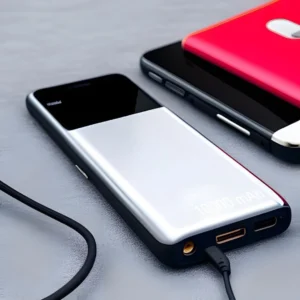

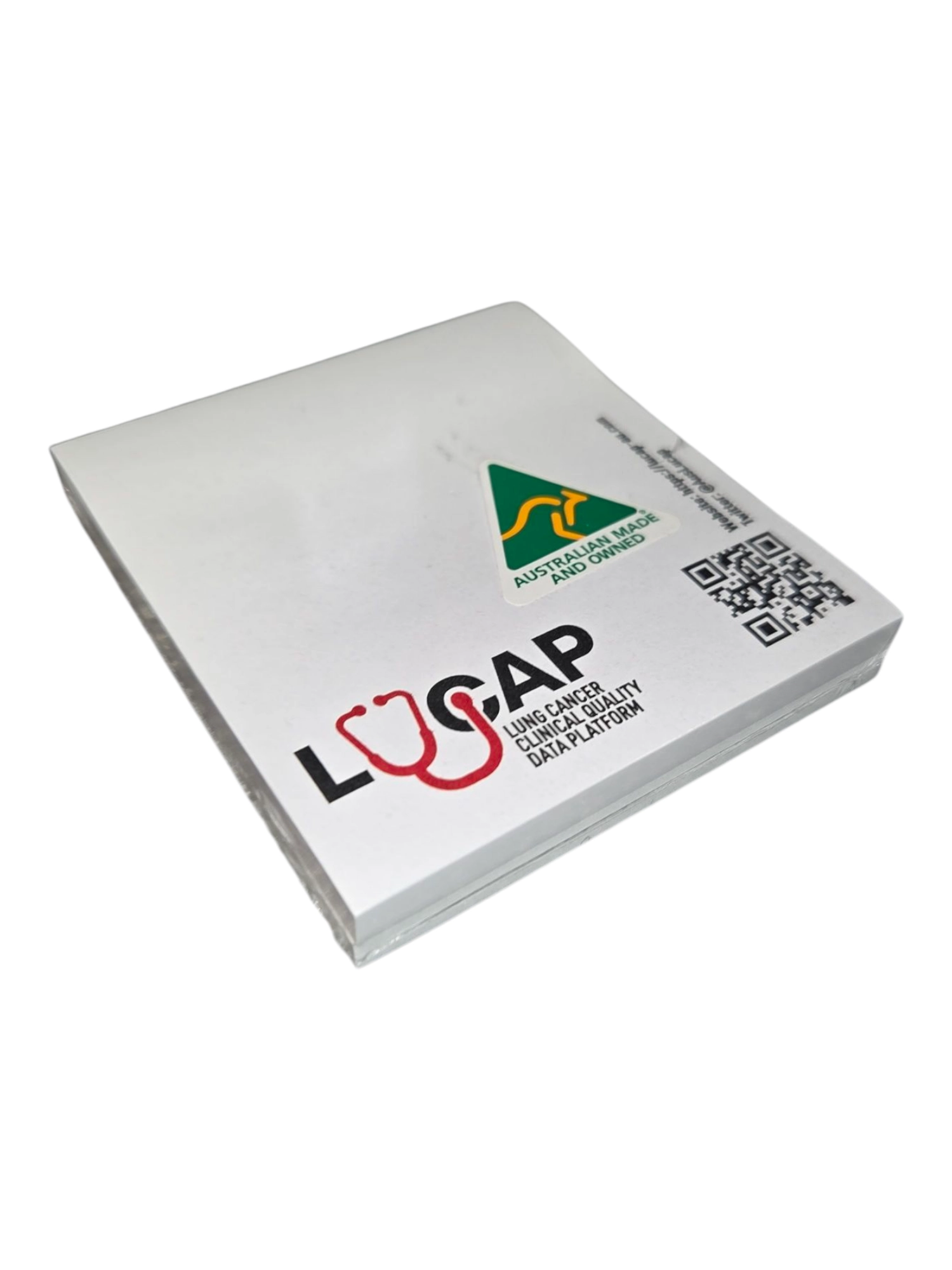
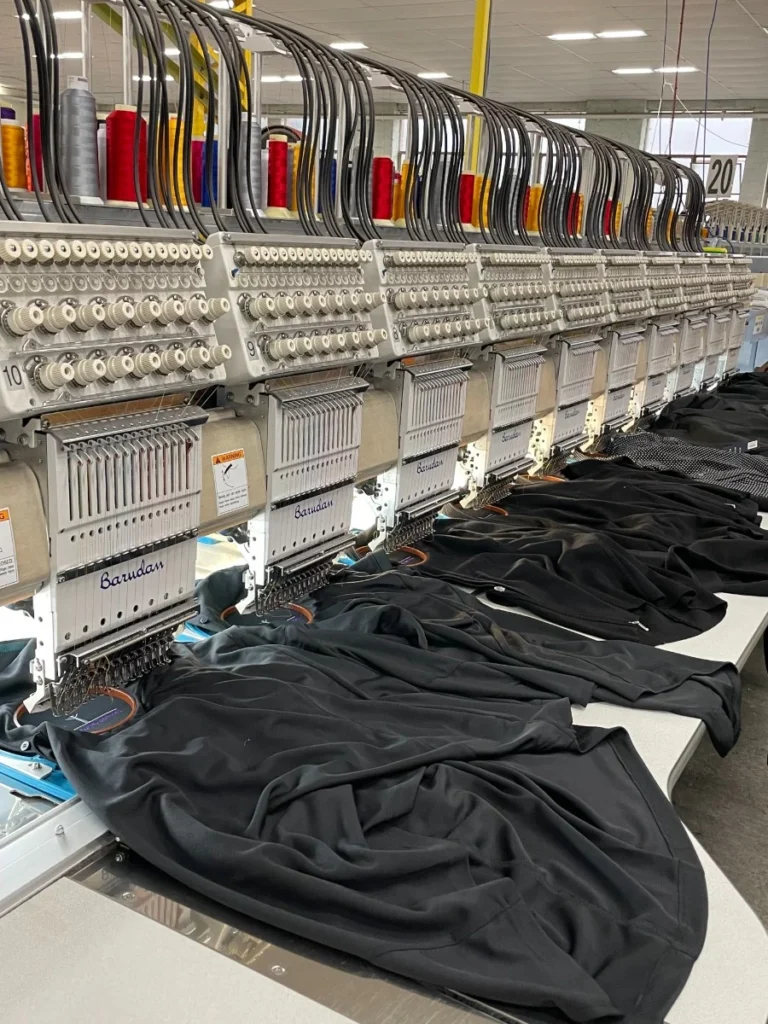





 Sale
Sale



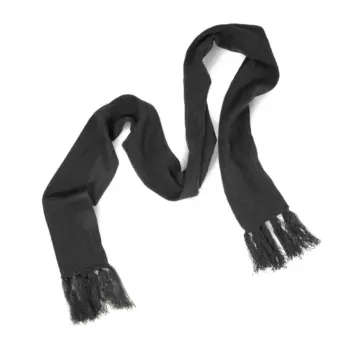
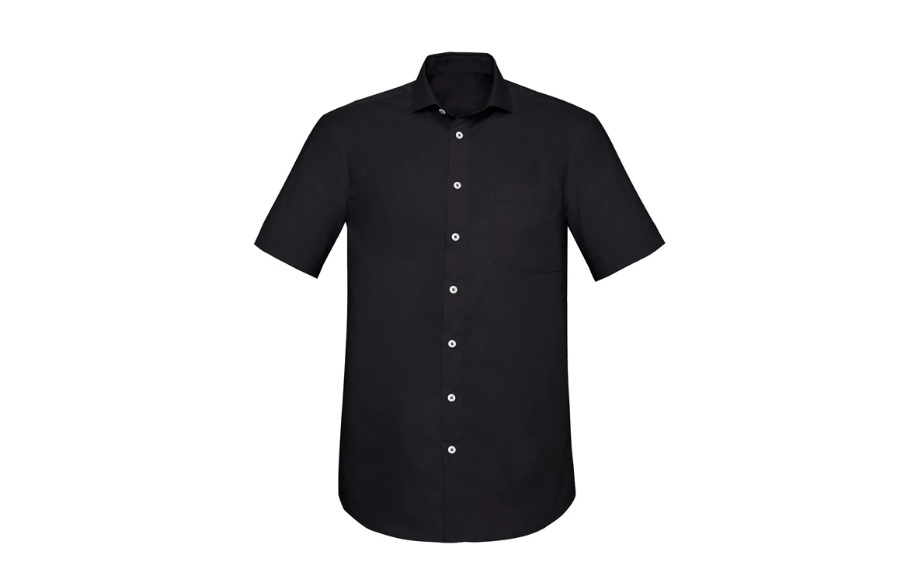 Corporate Uniforms
Corporate Uniforms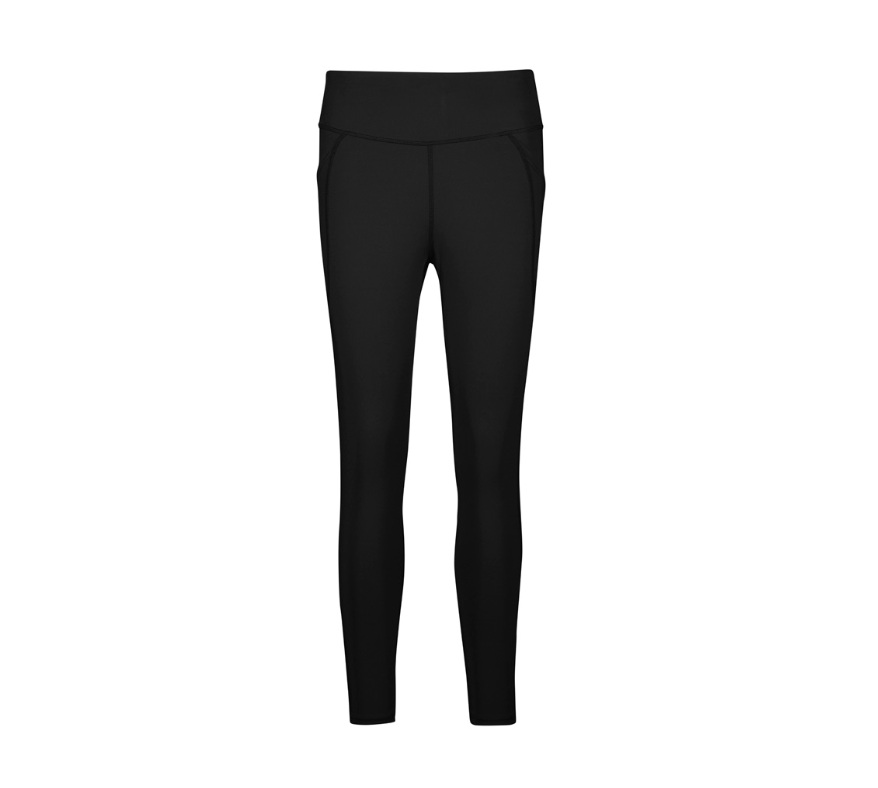 Eco Apparel
Eco Apparel Hoodies & Sweaters
Hoodies & Sweaters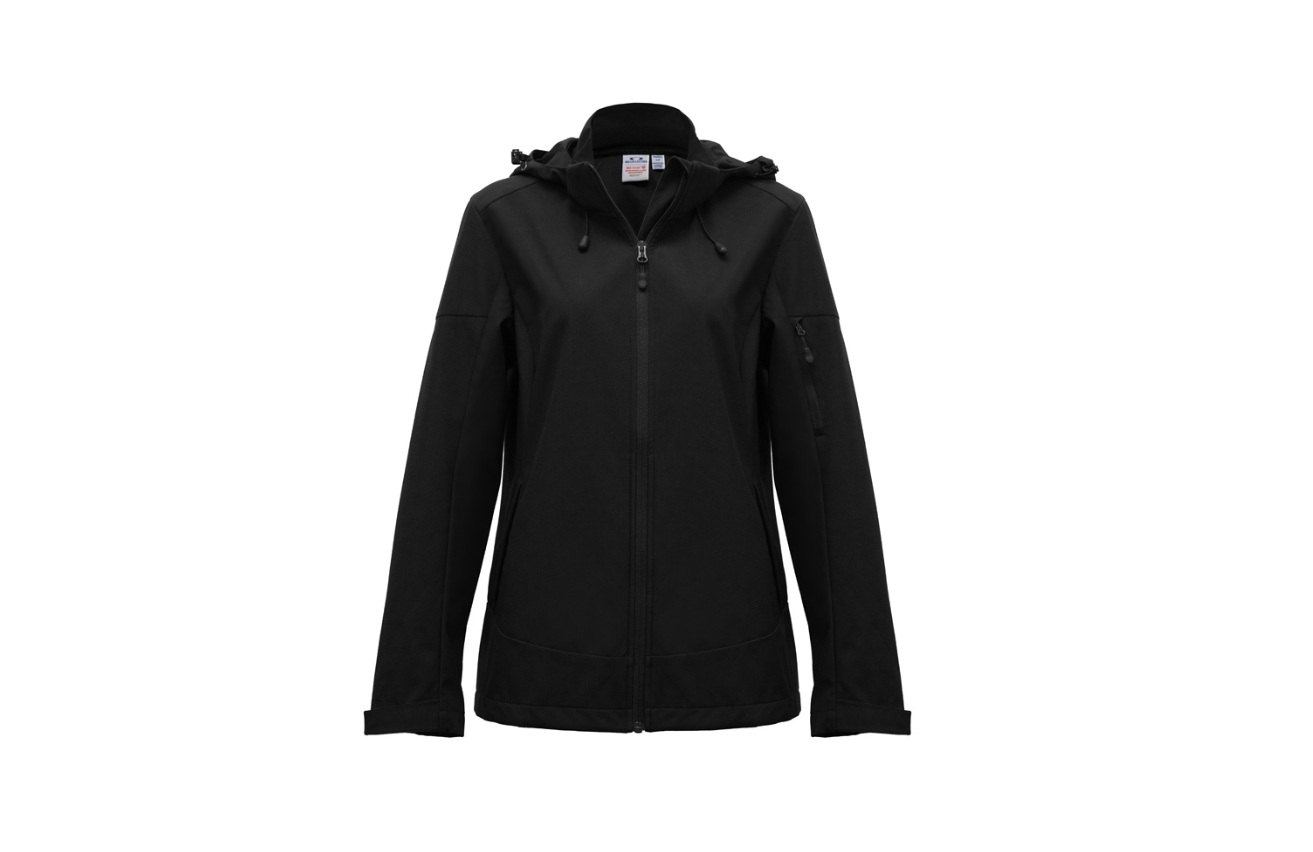 Jackets
Jackets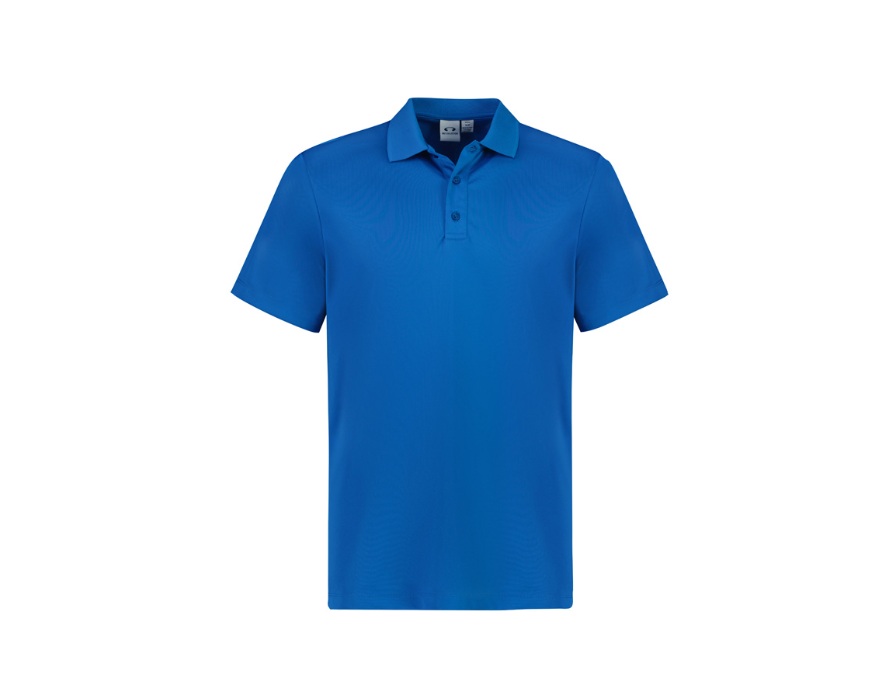 Kids' Clothes
Kids' Clothes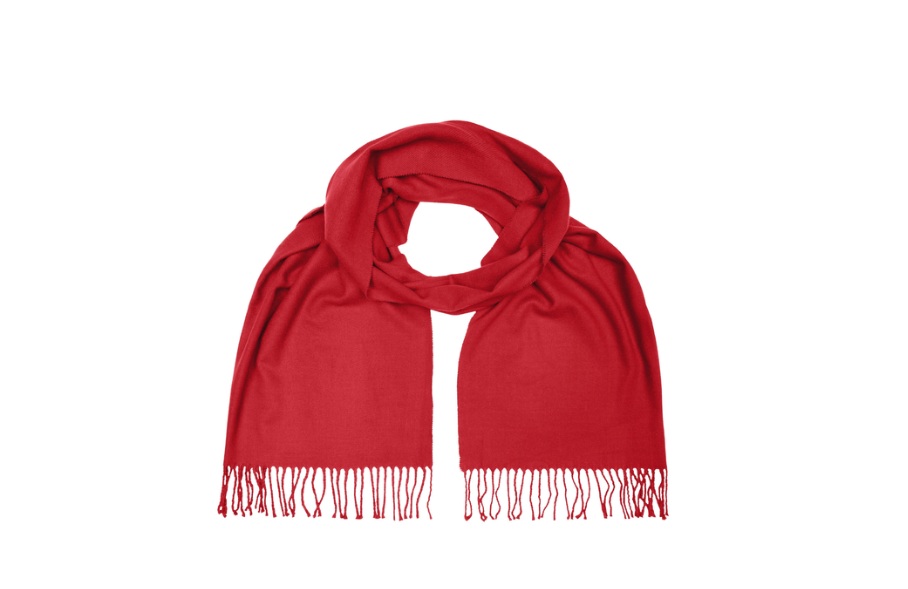 Other Apparel
Other Apparel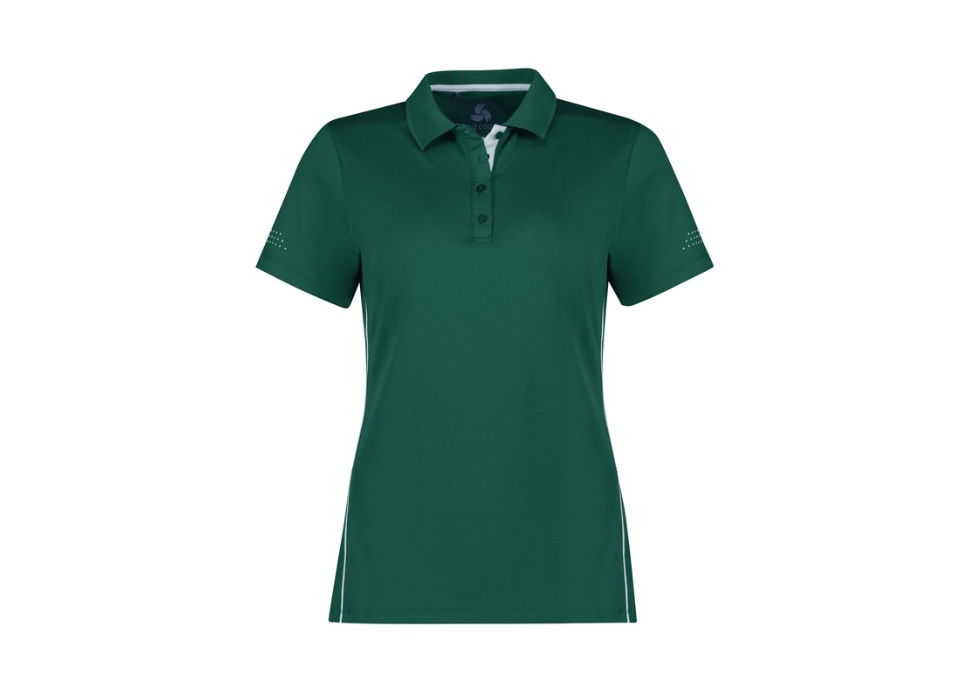 Polo Shirts
Polo Shirts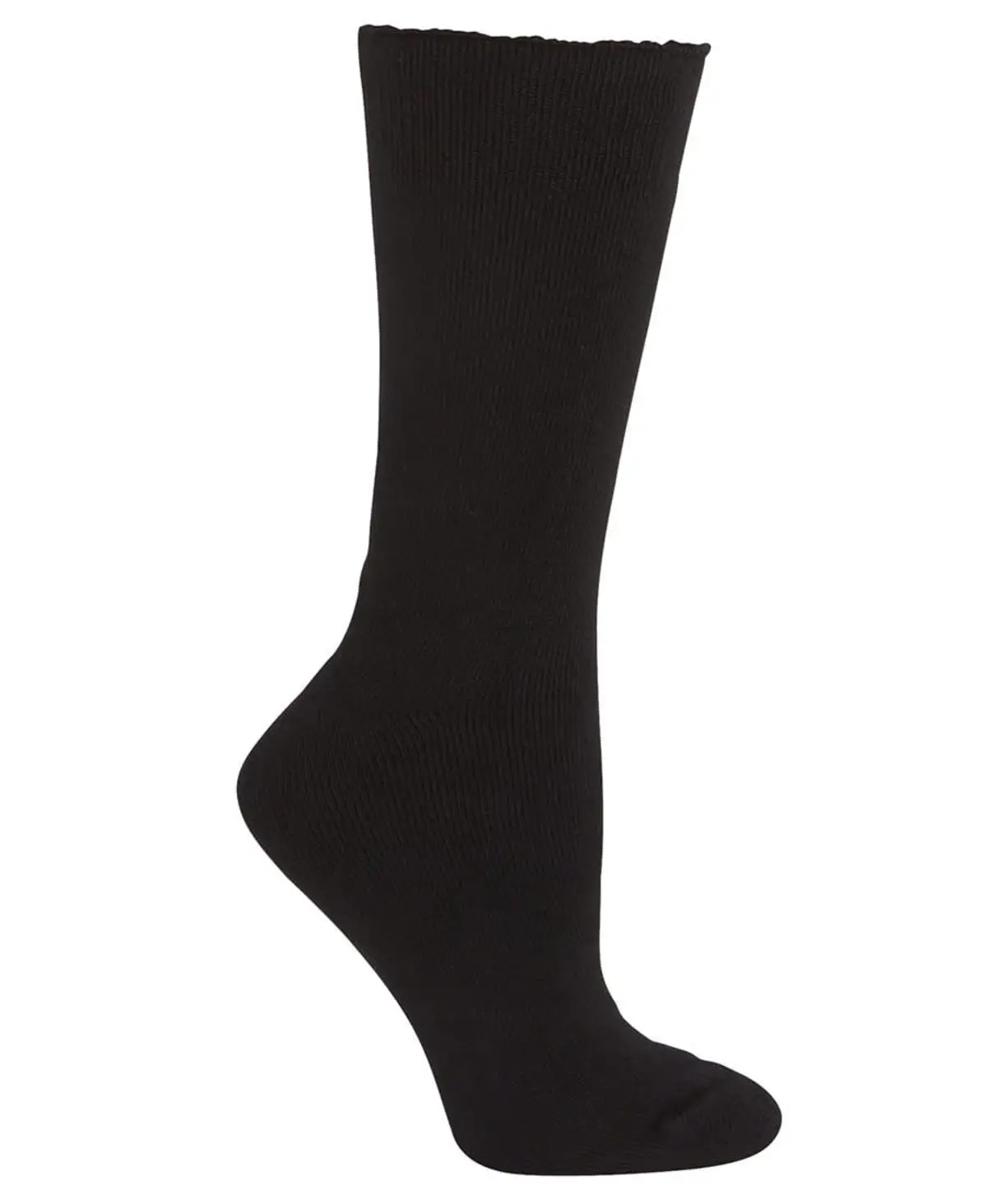 Socks
Socks Shoes
Shoes Sports Bottoms
Sports Bottoms Sports Uniforms
Sports Uniforms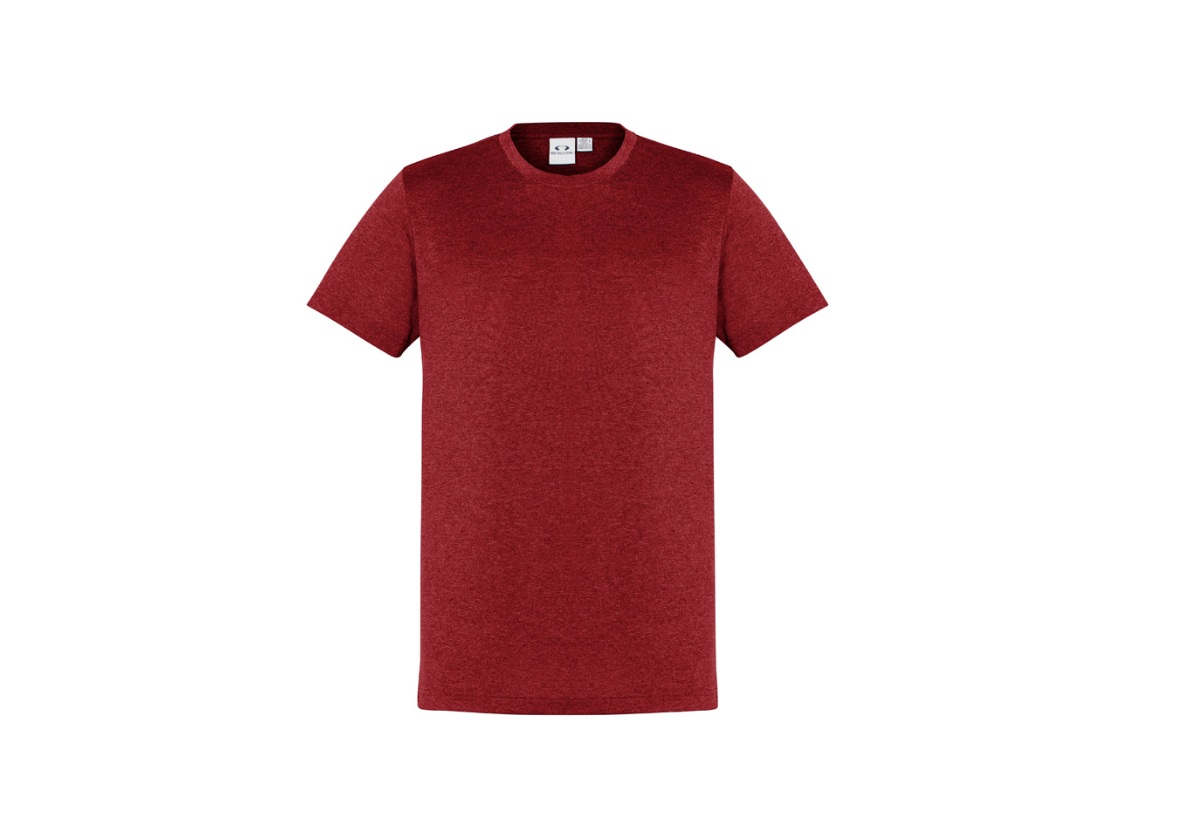 Tee Shirts
Tee Shirts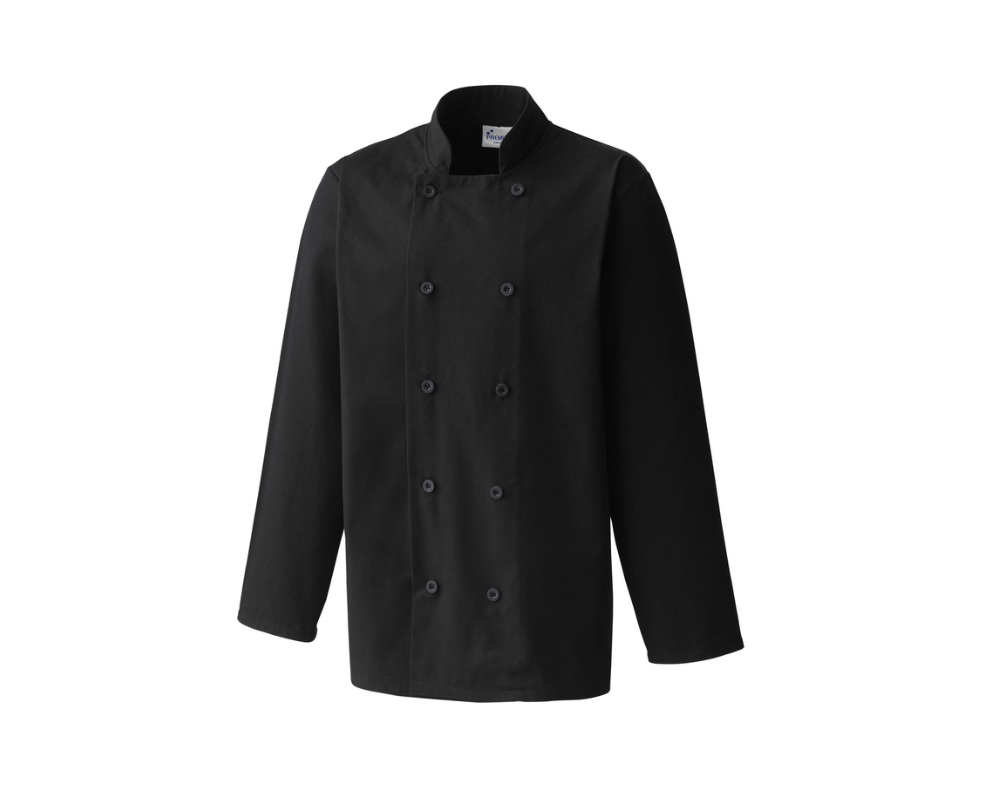 Workwear
Workwear


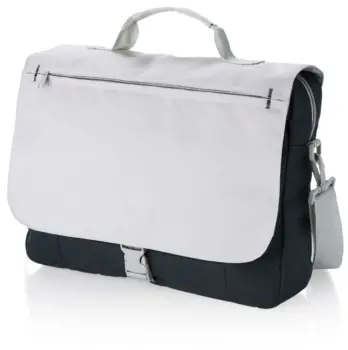
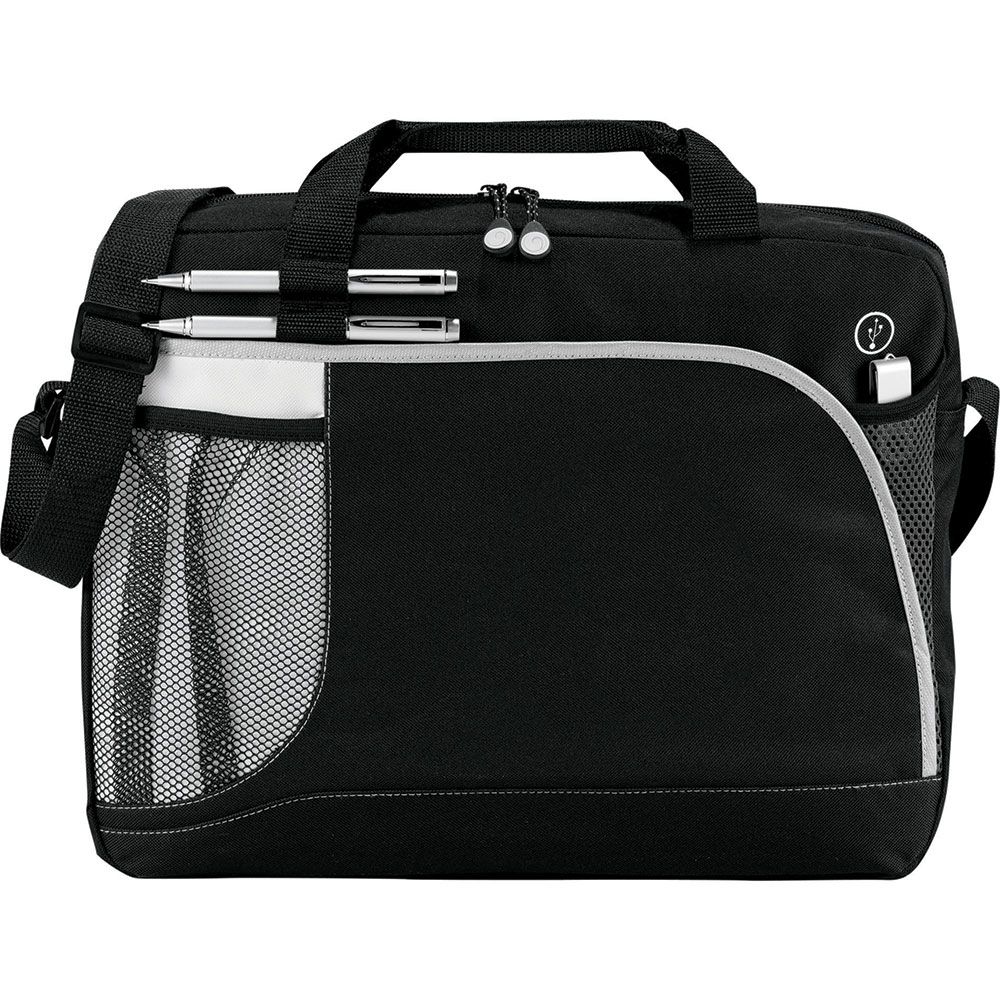 Briefcases
Briefcases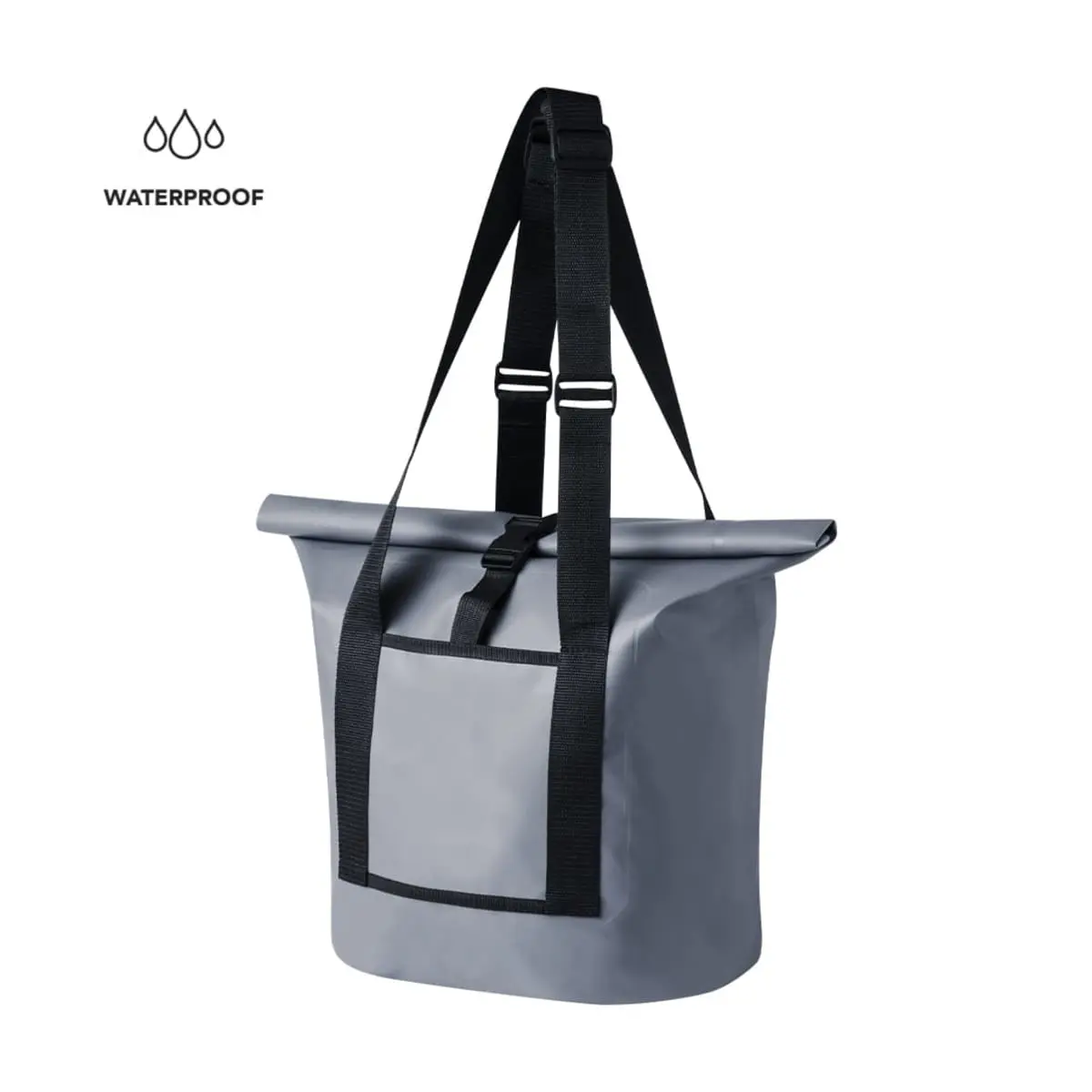 Dry Bags
Dry Bags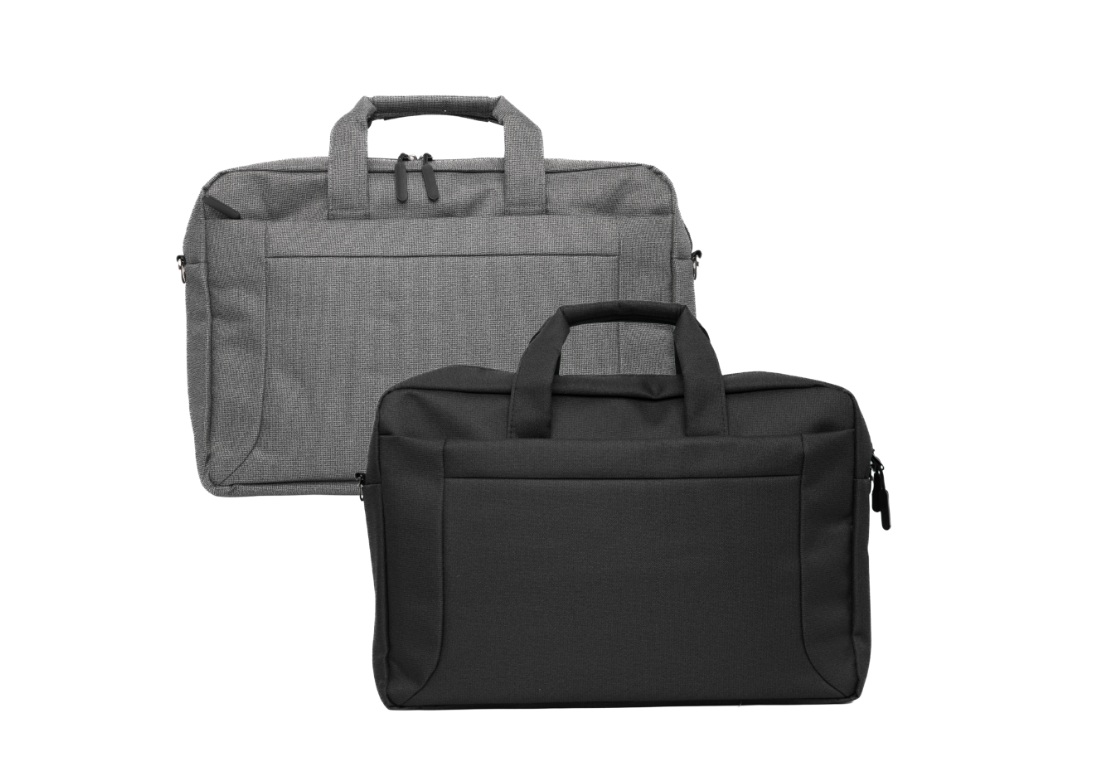 Laptop
Laptop Satchels
Satchels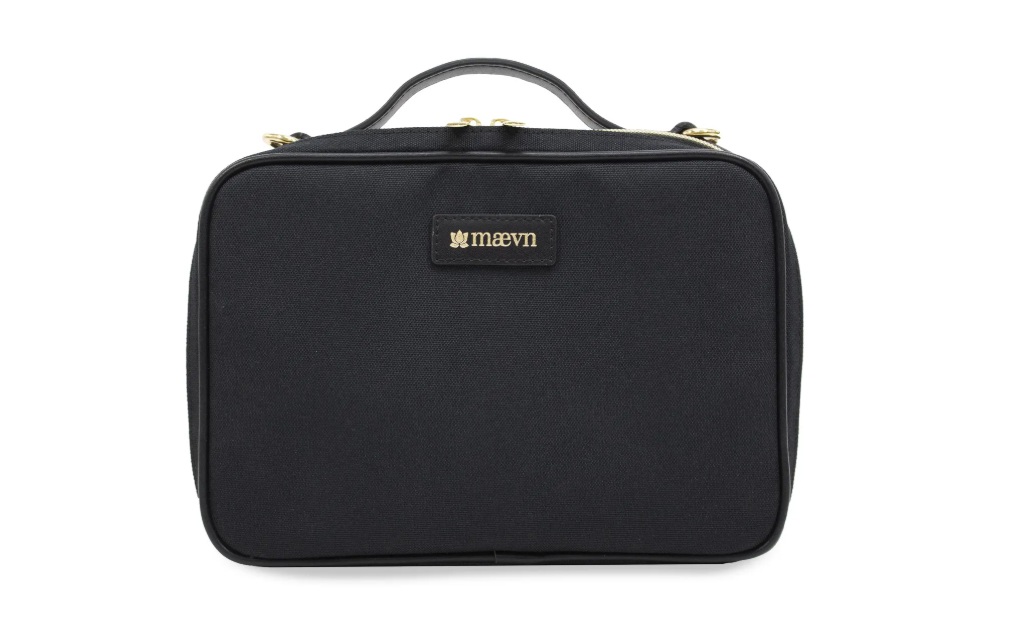 Specialised Bags
Specialised Bags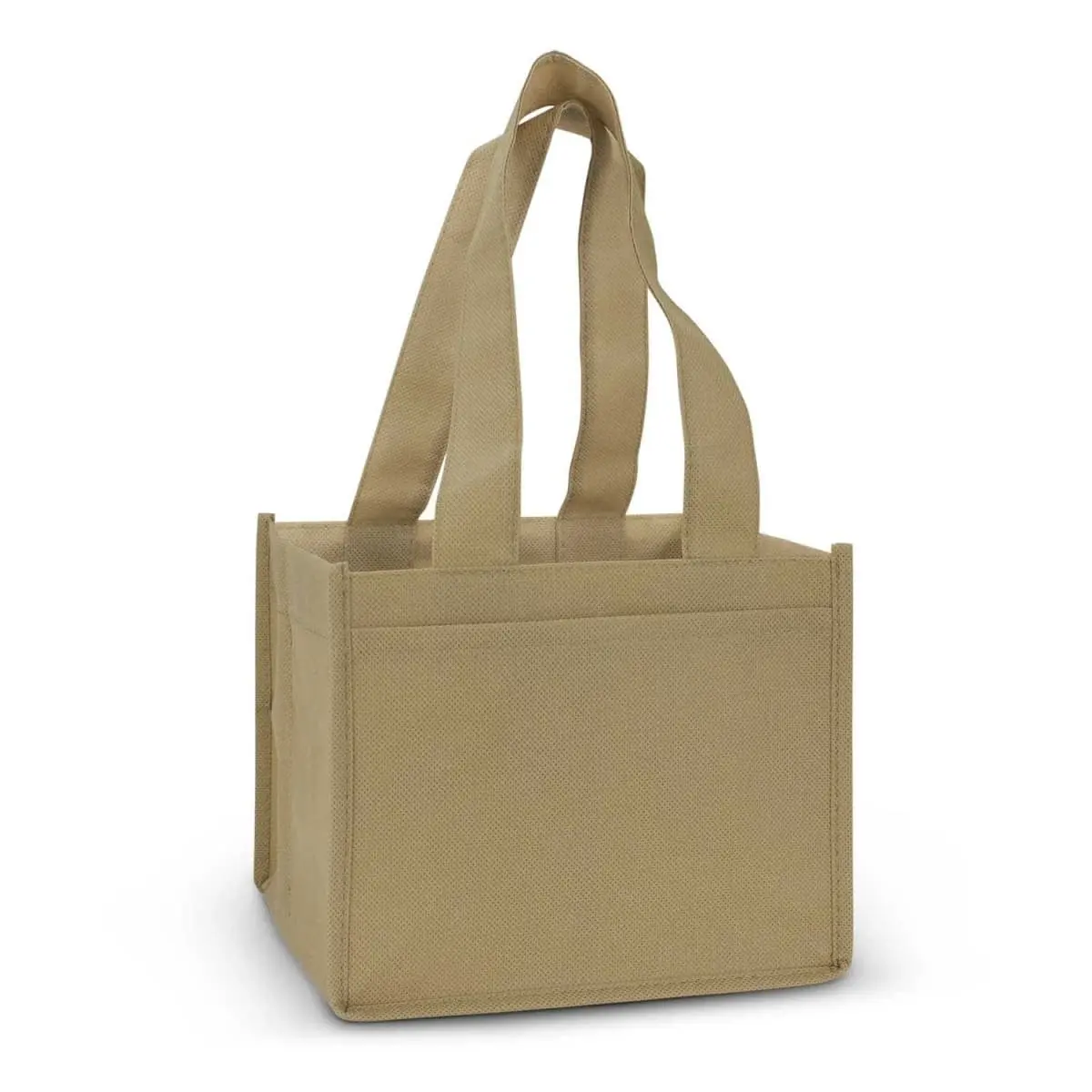 Tote Bags
Tote Bags
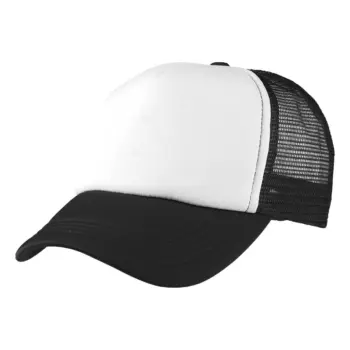

 Beanies
Beanies Caps
Caps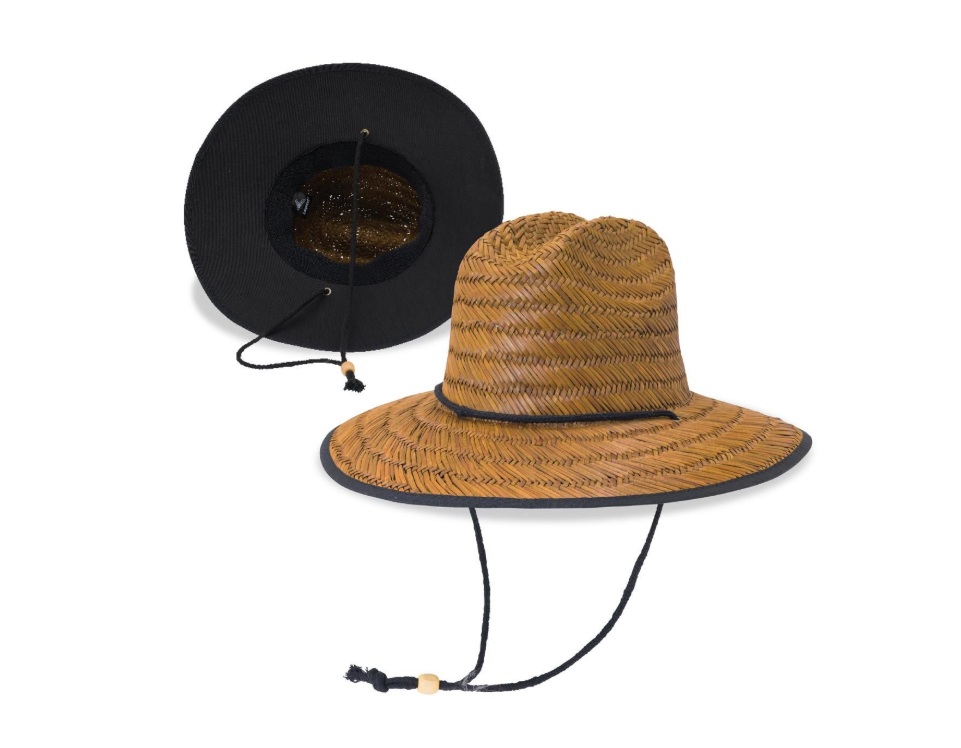 Straw Hats
Straw Hats
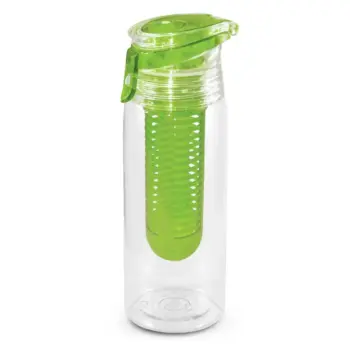
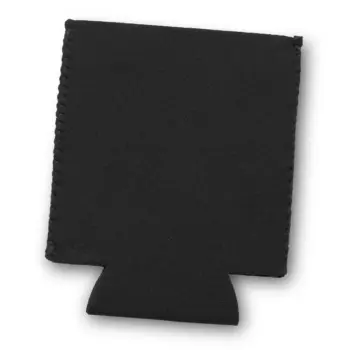

 Bottled Water
Bottled Water Drinkware Gift Sets
Drinkware Gift Sets Glass & Poly Cups
Glass & Poly Cups Mason Jars
Mason Jars Stubby | Bar & Drinkware
Stubby | Bar & Drinkware Wines
Wines


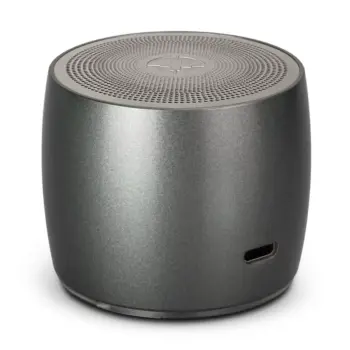

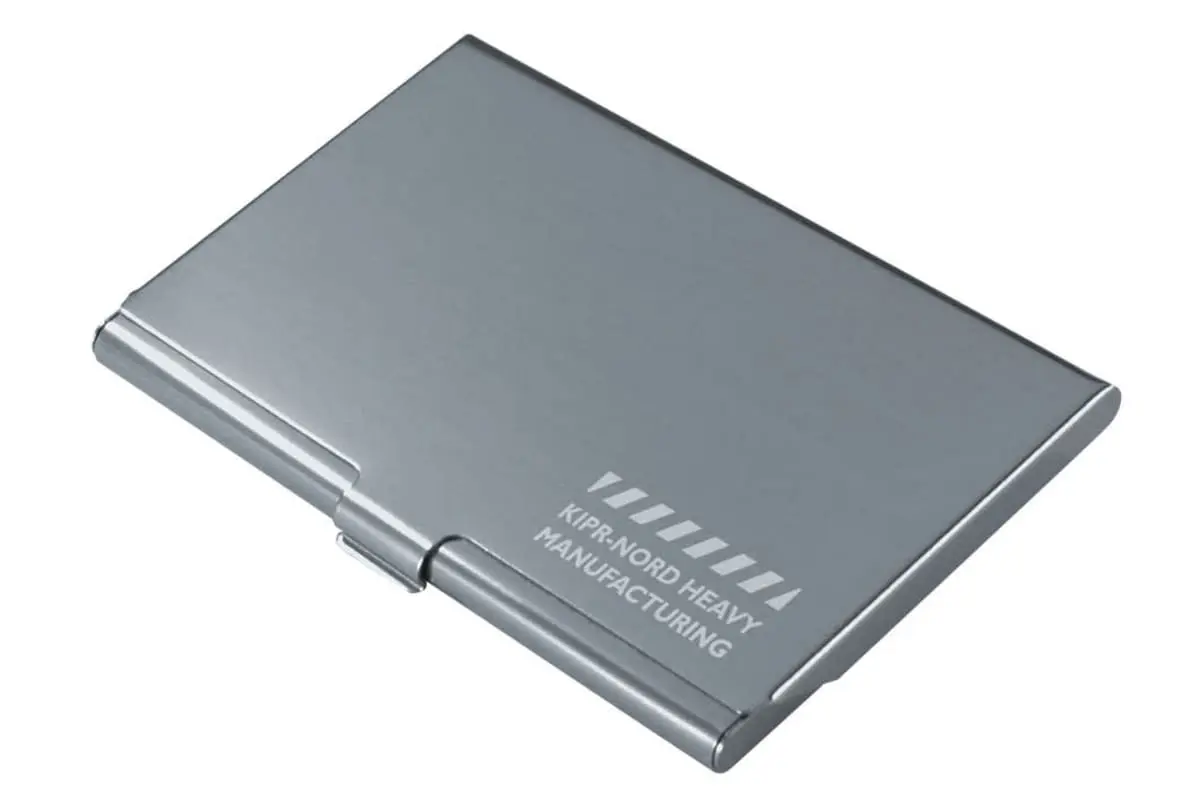 Business Card Holders
Business Card Holders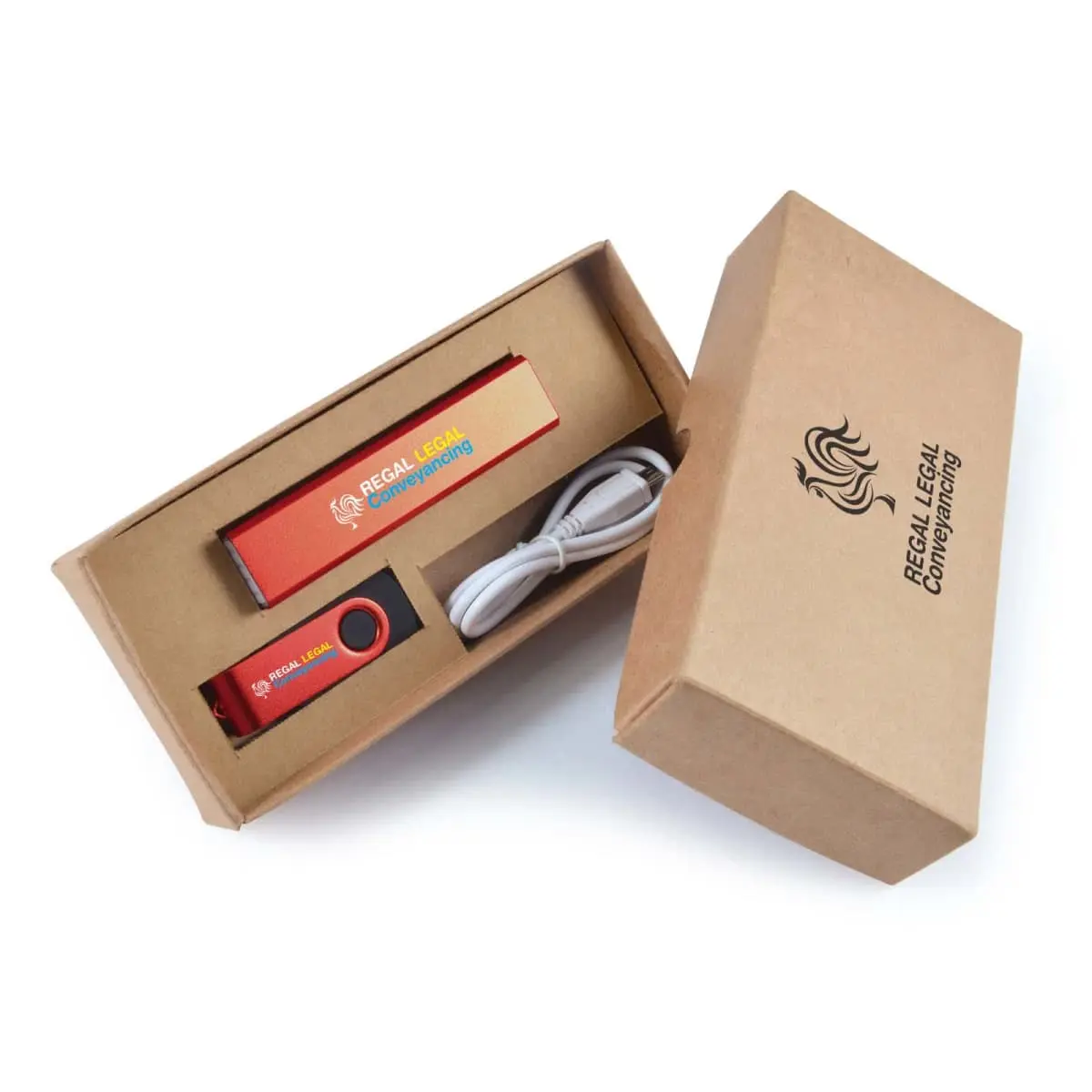 IT Gift Sets
IT Gift Sets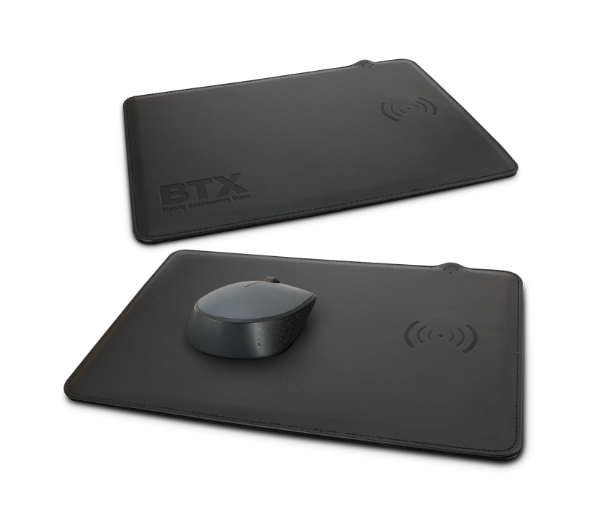 Tech Computers
Tech Computers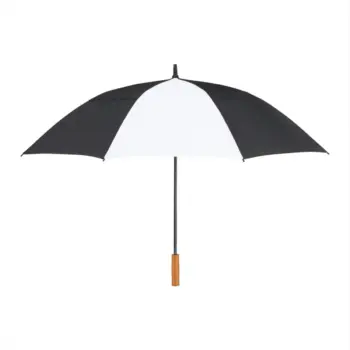
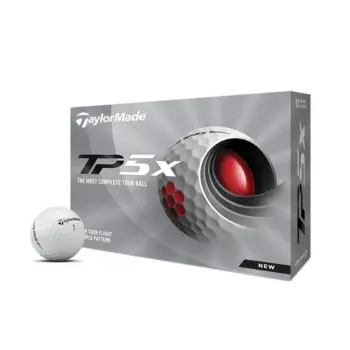


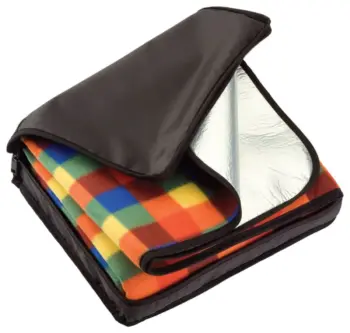
 Beach Towels
Beach Towels Car Accessories
Car Accessories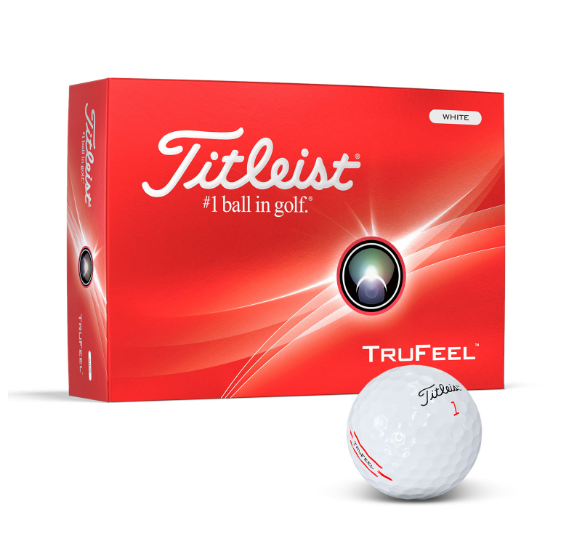 Golf
Golf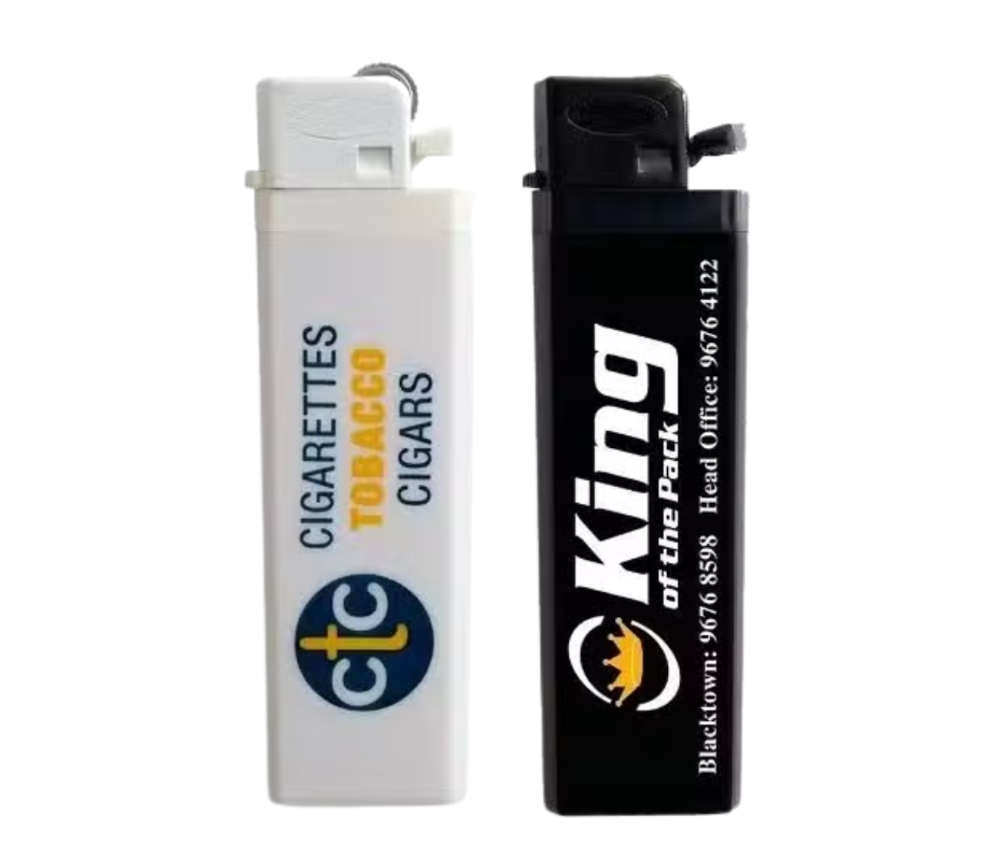 Lighters
Lighters Picnic Gear
Picnic Gear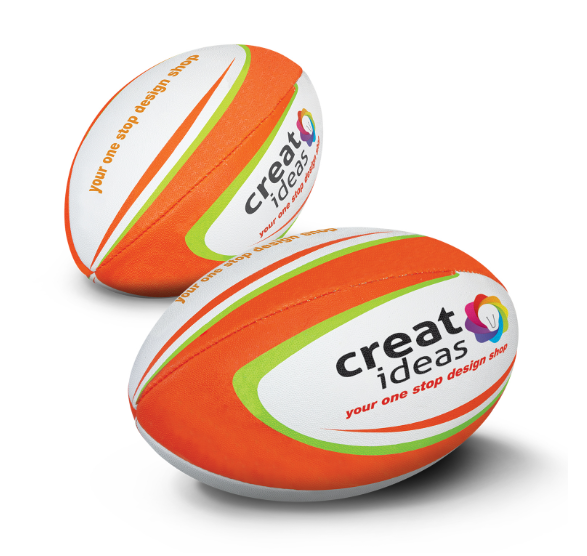 Sports Items
Sports Items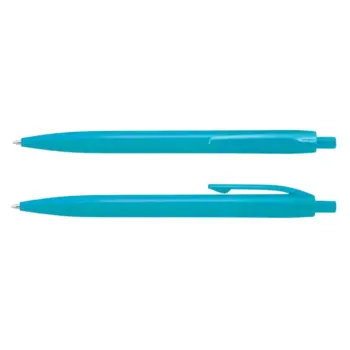
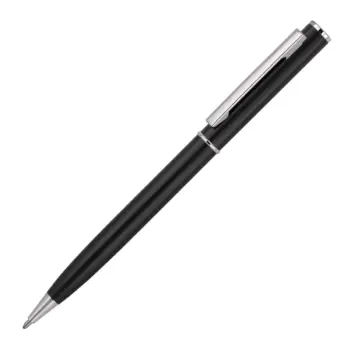
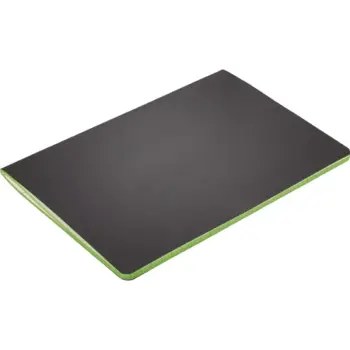


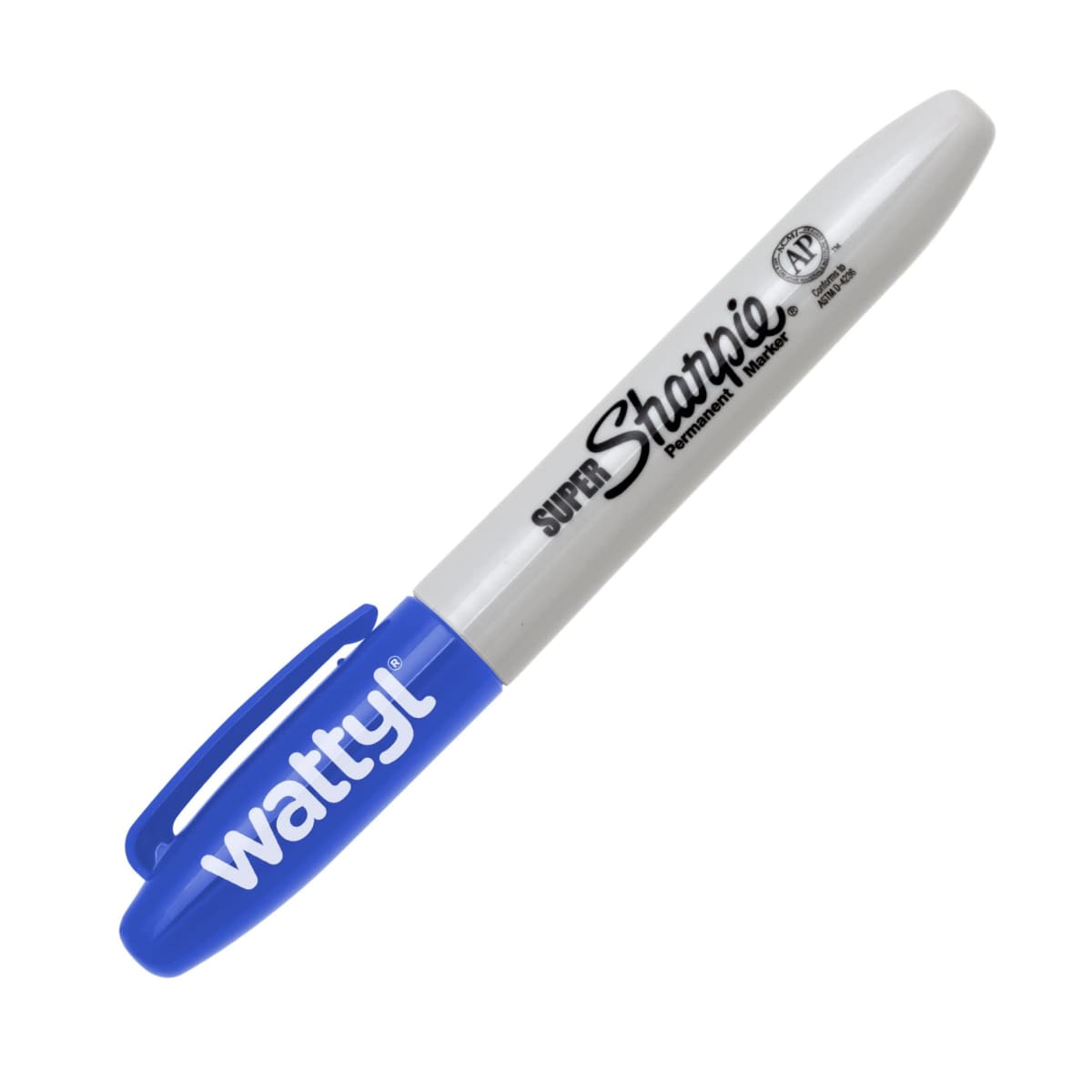 Markers
Markers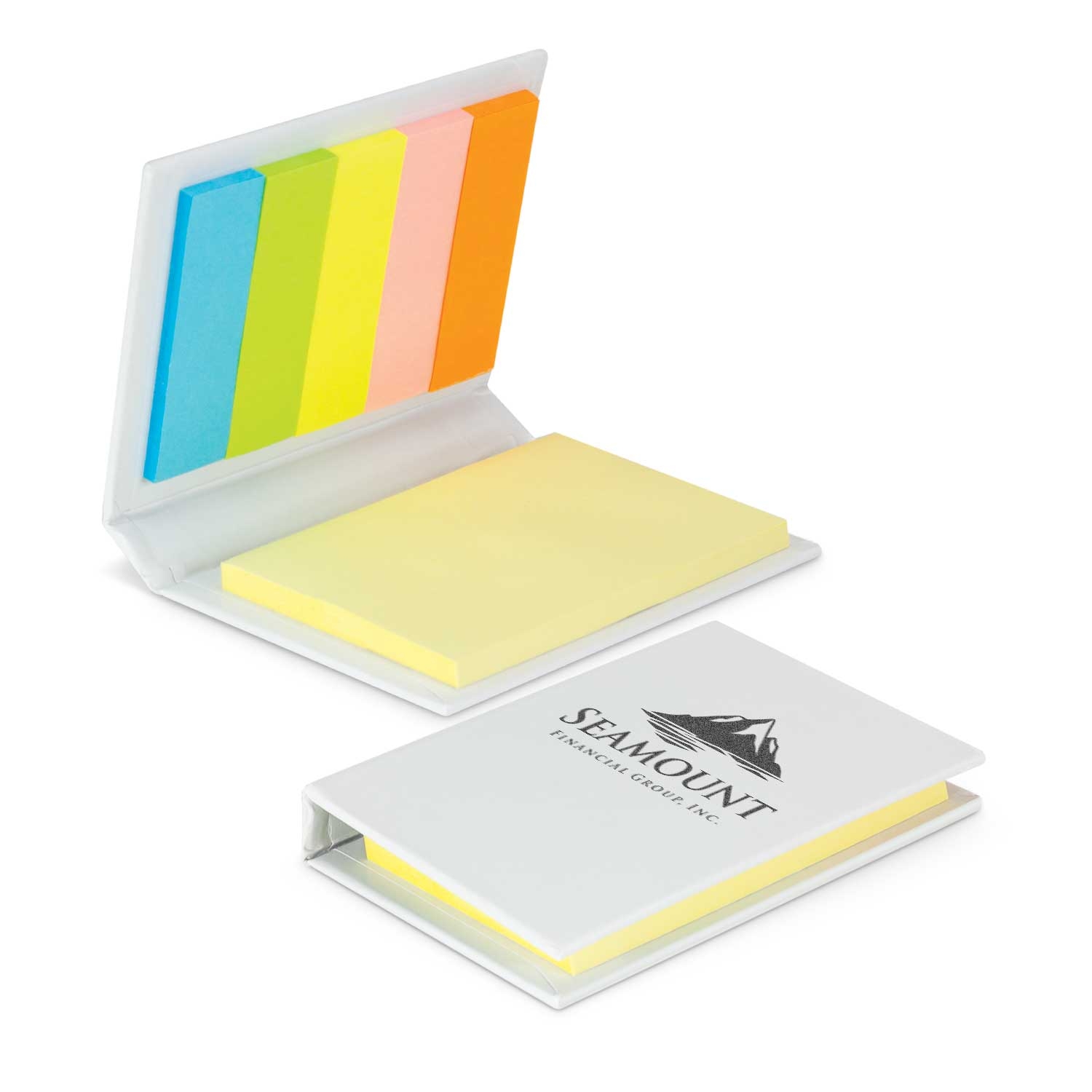 Post-It & Sticky Notes
Post-It & Sticky Notes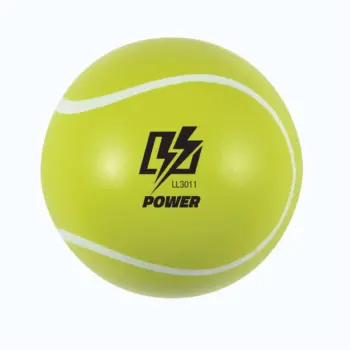


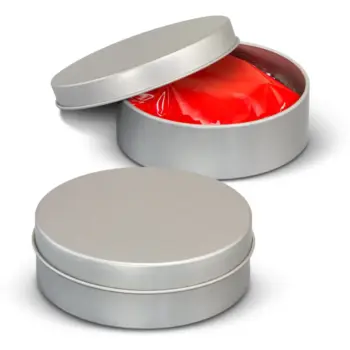
 Card Decks
Card Decks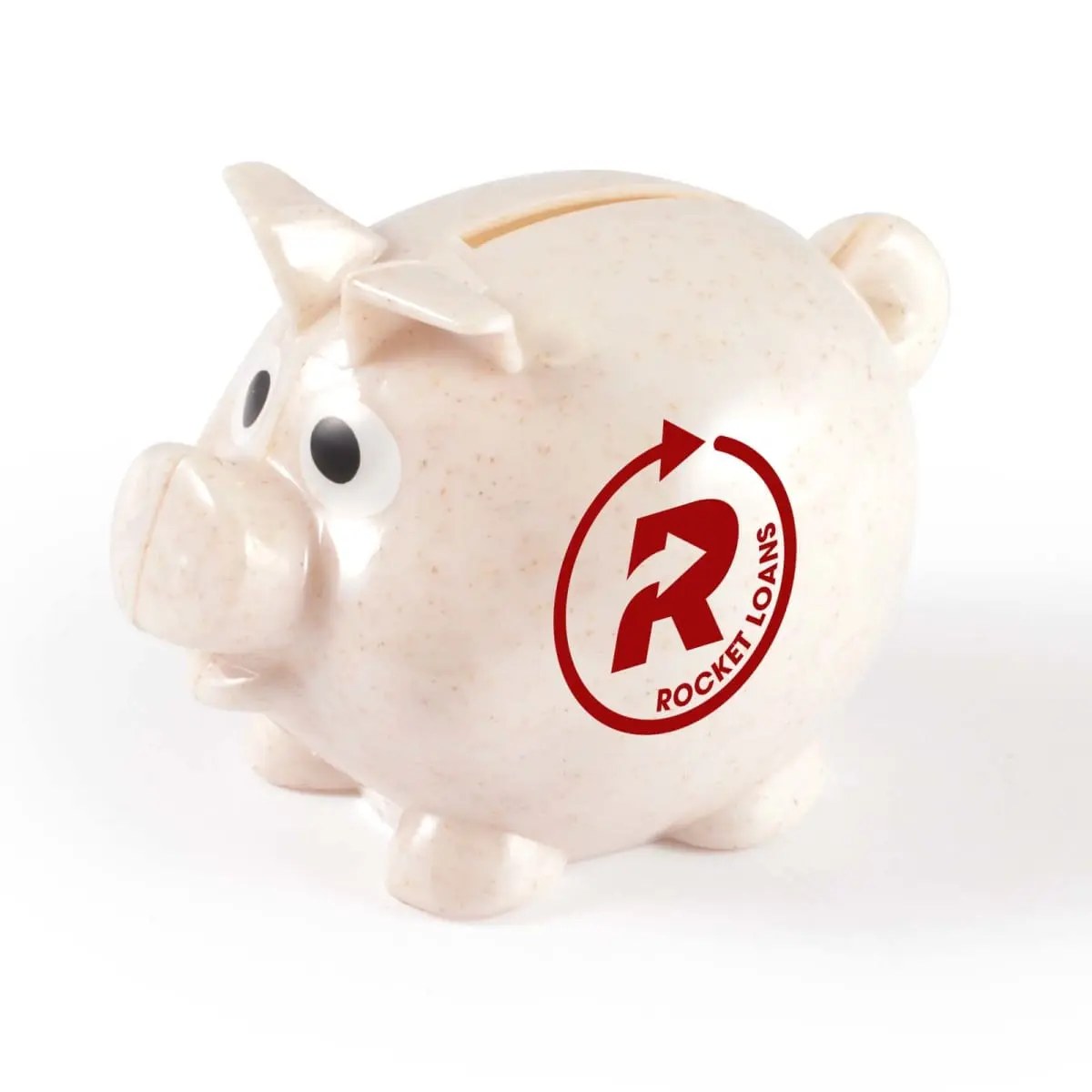 Coin Banks
Coin Banks Conference Toys
Conference Toys Event Toys
Event Toys Frisbees
Frisbees Games & Puzzles
Games & Puzzles Kids
Kids Plush Toys
Plush Toys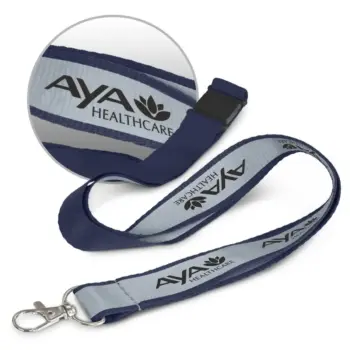

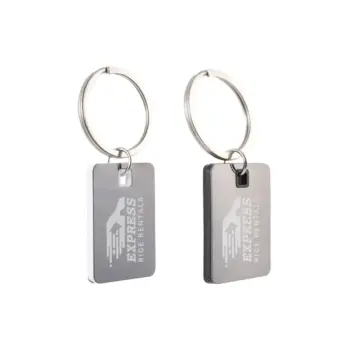


 Print | Signage
Print | Signage
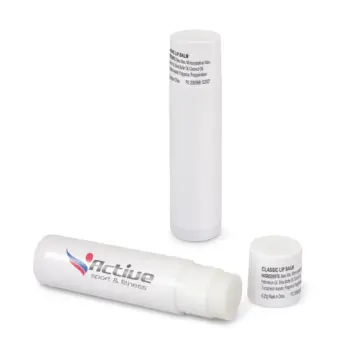
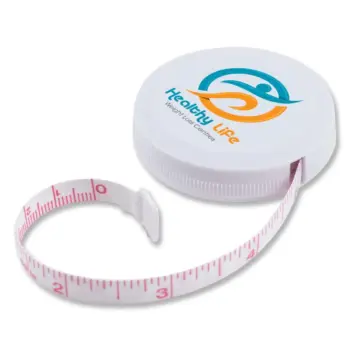

 Antibacterial
Antibacterial Eco Products
Eco Products Gift Box Sets
Gift Box Sets Homeware
Homeware Pet Products
Pet Products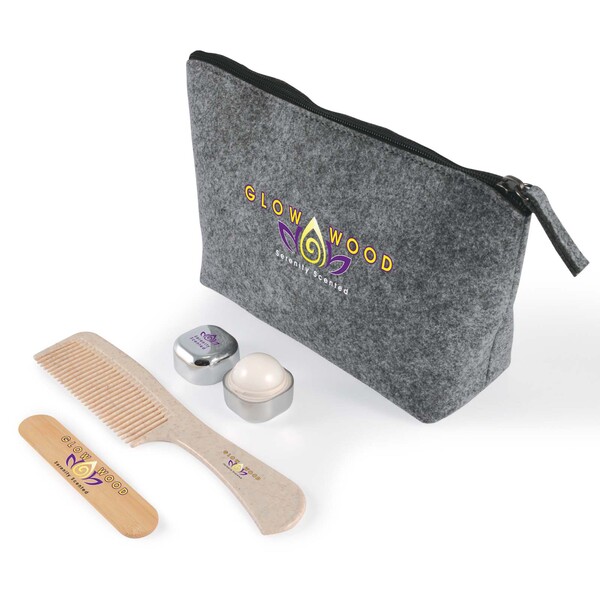 Personal Care
Personal Care Occasion Ideas
Occasion Ideas